Fortuner Greater Than Harrier Plus Safari: Why One Toyota Outsells Two Tatas
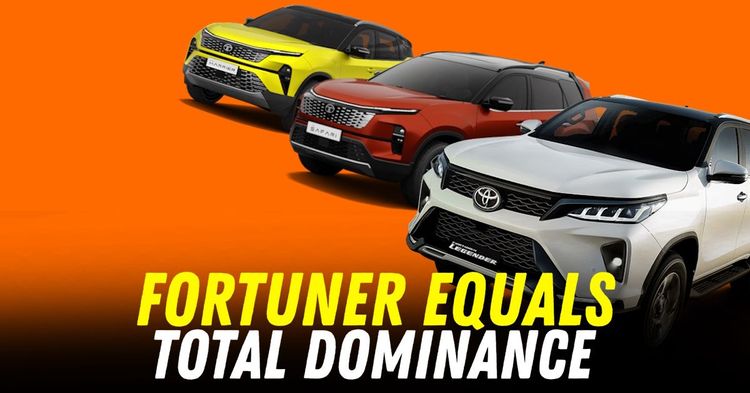

In India’s booming SUV market, one name consistently stands tall — the Toyota Fortuner. Month after month, this full-size premium SUV continues to outsell not just individual rivals but even the combined sales of two strong contenders from Tata: the Harrier and Safari. Despite being significantly more expensive, the Fortuner remains the go-to choice for many Indian buyers seeking a premium SUV. But what explains its unmatched success?
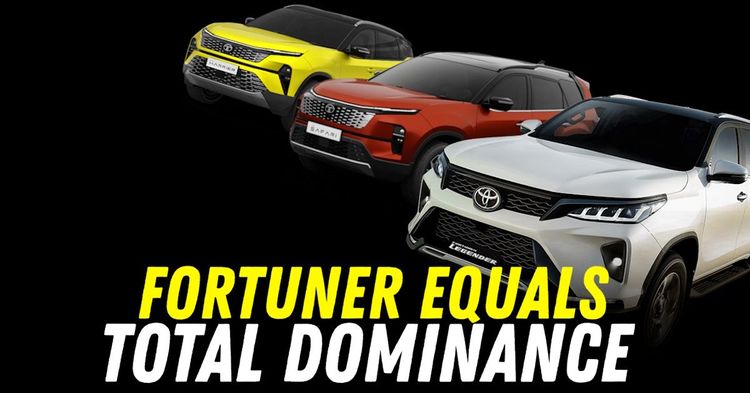
The two Tata SUVs are a segment below, and cost substantially less. Let’s break down the Fortuner’s dominance and what it means for Tata’s mid-size SUVs.
In the first quarter of 2025, the Toyota Fortuner maintained its strong sales run. It sold:
• 3,149 units in January
• 2,206 units in February
• 2,876 units in March
In comparison, the Tata Harrier and Safari together recorded 2,641 units in March 2025 (Harrier: 1,265; Safari: 1,376). Even combined, they couldn’t overtake the Fortuner’s solo performance.
The data points to a deeper consumer trend: buyers spending serious money—upwards of Rs. 40 lakh—still place immense trust in Toyota’s proven package of reliability, road presence, and long-term value.
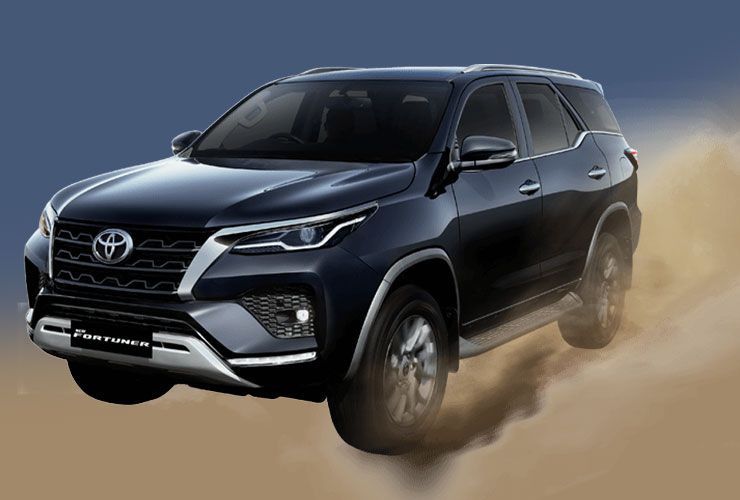
1. Proven Toyota Reliability
Indian buyers value peace of mind, and Toyota’s brand has become synonymous with bulletproof reliability. It’s not uncommon to find older Fortuners still running smoothly with over 2 lakh kilometres on the odometer — a clear testament to the SUV’s durability.
2. Strong Resale Value
Even years after purchase, the Fortuner commands top prices in the second-hand market. For value-conscious Indian buyers who see their vehicle as a long-term investment, this is a huge plus. A 5-year-old Fortuner easily fetches 50 percent or more of its purchase price in the user car market.
3. Road Presence and Status Appeal
With its bold stance, high ground clearance, large chrome grille, and full-LED lighting, the Fortuner looks every bit the luxury SUV. It has quietly become a status symbol — preferred by businesspersons, politicians, and buyers in rural India alike who want a rugged-yet-premium image.
4. Performance That Delivers
• The 2.8-litre diesel engine produces 201 bhp and 500 Nm of torque — more than enough to tackle both city traffic and off-road terrain.
• The 2.7-litre petrol engine, while less popular, offers a smoother drive for those avoiding diesel.
• The 4x4 drivetrain and rugged ladder-frame construction make it ideal for Indian conditions — from broken roads to hill drives.
5. Affordable Maintenance for a Premium SUV
Despite its premium positioning, the Fortuner isn’t prohibitively expensive to maintain. Toyota’s wide service network ensures easy access to spares and trained mechanics — even in smaller towns.
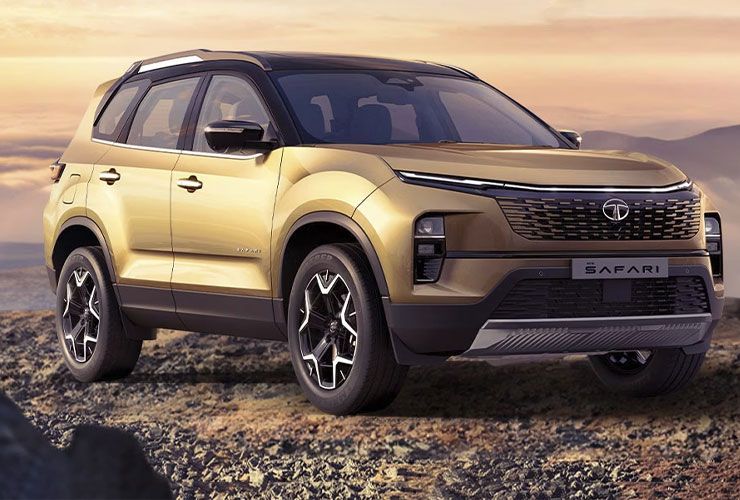
Tata’s Harrier and Safari are no doubt strong contenders. They offer modern designs, feature-rich cabins, and a 5-star Global NCAP safety rating. Plus, their pricing is far more accessible — starting around ₹15 lakh and going up to ₹26–27 lakh (ex-showroom). Still, they lag behind the Fortuner in key areas:
1. No Petrol Engine Options
Both Harrier and Safari are diesel-only models. With rising fuel prices and buyer interest shifting toward petrol or hybrid options, this limits their appeal.
2. Brand Perception
Tata has made great strides in recent years, especially on safety and design. But it hasn’t yet built the same aspirational brand image that Toyota enjoys, particularly in the ₹25 lakh+ segment.
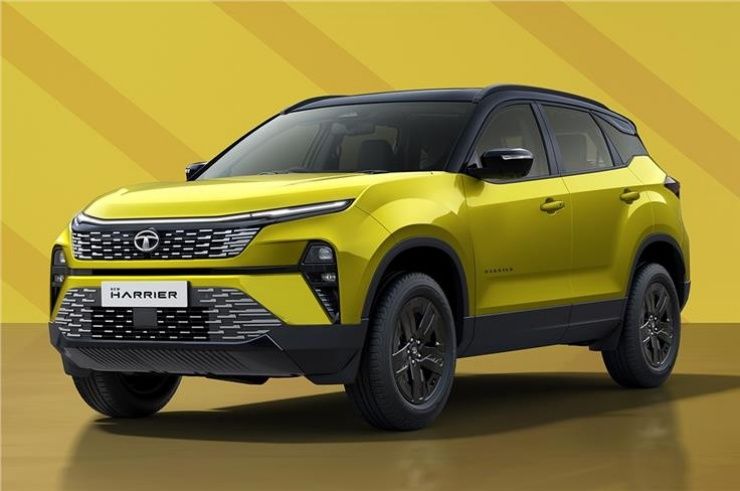
3. Market Saturation
Harrier and Safari operate in the mid-size SUV category, which is already crowded. They face competition from the Mahindra XUV700, MG Hector, Hyundai Alcazar, and even higher variants of the Hyundai Creta and Kia Seltos — making it tougher to stand out.
4. Declining Sales Momentum
The Harrier, in particular, saw a 38% drop in year-on-year sales in March 2025. That points to waning interest, perhaps linked to the lack of updates and increasing buyer expectations.
What also plays into the Fortuner’s hands is the lack of serious competition in its own segment. With the Ford Endeavour exiting India in 2021, the Fortuner lost its only true rival.
Yes, there are other premium SUVs — like the MG Gloster, Jeep Meridian, and Skoda Kodiaq — but they have failed to challenge the Fortuner’s popularity. For instance, while the Fortuner sold over 3,100 units in January 2025, the MG Gloster managed only 101 units, and the Meridian just 137.
This has given the Fortuner an almost unchallenged run at the top, and Toyota continues to leverage this dominance smartly with regular updates, limited editions, and a strong diesel offering.
Harrier and Safari, on the other hand, fight in the segment of many with very strong offerings from Mahindra—XUV700 and Scorpio N—and tech MG SUVs like Hector and Hector Plus.
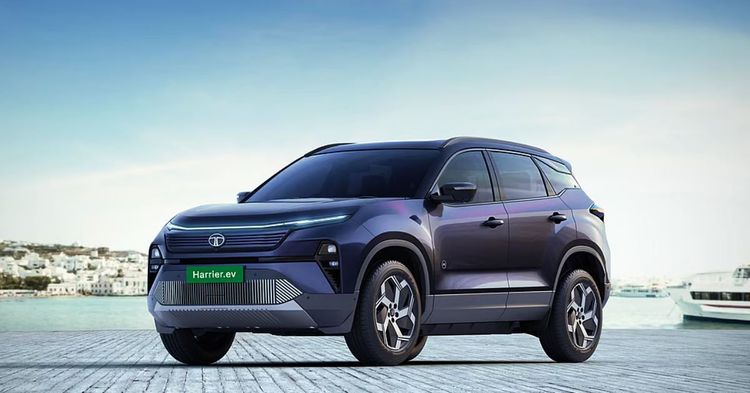
Tata Motors is expected to introduce petrol variants of the Harrier and Safari by late 2025. This could help draw in buyers who’ve stayed away due to limited engine options. However, taking on the Fortuner will need more than just new powertrains. And there are electric versions on anvil. They should give further boost to the brand.
The Toyota Fortuner and Tata’s Harrier-Safari duo appeal to different kinds of SUV buyers in India.
• If you’re looking for an SUV that combines status, rugged performance, long-term peace of mind, and don’t mind paying a BIG premium, the Fortuner is hard to beat.
• But if you want value for money, modern interiors, safety features, and can live without the badge value, the Harrier or Safari are still solid picks.
The SUV market in India is evolving, but one thing is clear — when it comes to brand power and long-term ownership confidence, Toyota’s Fortuner continues to lead from the front.